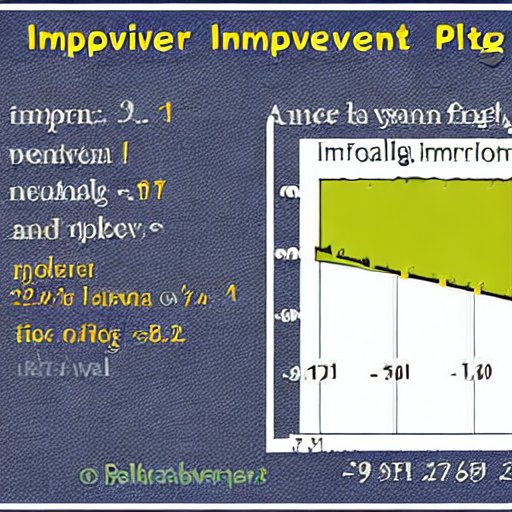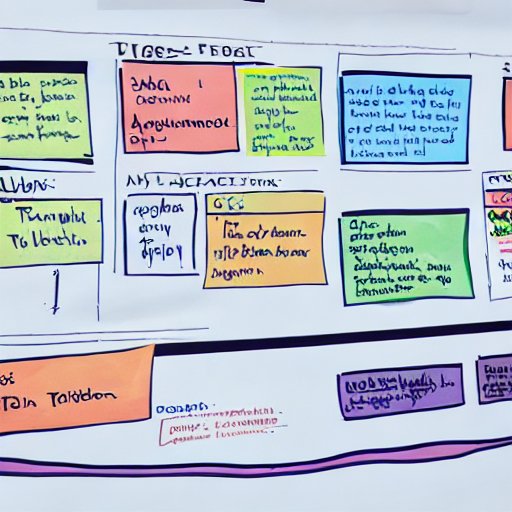Project management is the process of planning, organizing, and overseeing the completion of a project, with the goal of achieving specific objectives within a given timeframe and budget. At its core, project management is about making sure that the right people are working on the right tasks, at the right time, using the right resources, in order to achieve a desired outcome.
Outsourcing project management can be an effective way for a business to overcome challenges associated with human resources, such as shortage of staff, lack of expertise, or high labour costs. By outsourcing project management, a business can access a team of experienced professionals who can handle all aspects of a project, from planning and execution to monitoring and closeout. This allows the business owner to focus on more strategic tasks and to make better use of their own internal resources.
By working with an outside partner who has the expertise and resources to manage a project, a business can better respond to changing market conditions, pursue new opportunities, and manage risk. In this sense, outsourcing project management can be seen as a way for a business to gain a competitive advantage and position itself for long-term success.
The key steps of project management include:
Defining project goals and objectives
Defining project goals and objectives is an essential first step in professional project management. It sets the direction for the project and helps to ensure that all stakeholders are working towards the same end goal. When defining project goals and objectives, it’s important to keep the following steps in mind:
- Clearly define the end goal of the project. What do you want to achieve? What problem are you trying to solve?
- Break down the end goal into specific and measurable objectives. This will help to ensure that the project team knows exactly what they are working towards and can track progress towards achieving these objectives.
- Align project goals and objectives with the overall goals of the organization. This will help to ensure that the project is contributing to the organization’s strategic objectives and is not working at cross-purposes.
- Communicate project goals and objectives to all stakeholders. It is important that everyone involved understands what the project is trying to achieve and what their role is in achieving it.
- Review and revise project goals and objectives as needed. Make sure that the project goals and objectives are still relevant and achievable, if it is not, it might be necessary to change them.
By following these steps, you can be sure that the project has a clear direction and that all stakeholders are working towards a common goal. Clear project goals and objectives will help keep the project on track, ensure that all stakeholders are engaged, and drive greater success. It is important that a project management company show professionalism and knowledge of the business, as it will help to inspire confidence in your translation agency clients and build trust between both parties.
Developing a project plan
It provides a roadmap for the project and helps to ensure that all stakeholders are working towards the same end goal. When it comes to developing a project plan, it’s essential to consider the following points:
- Define the project scope. Clearly identify the deliverables, milestones, and tasks that are required to complete the project.
- Create a schedule. Develop a timeline for the project and assign specific dates for the completion of tasks and milestones.
- Identify project dependencies. Understand how the different tasks and milestones are related to one another and how they impact the overall project timeline.
- Allocate resources. Determine the personnel, equipment, and materials that will be required to complete the project and allocate them accordingly.
- Develop a risk management plan. Identify potential risks and develop strategies to mitigate or manage them if they occur.
- Communicate the project plan. Share the project plan with all stakeholders and ensure that everyone is aware of their roles, responsibilities and the project schedule.
Allocating resources in project management
It involves identifying the personnel, equipment, and materials that will be required to complete the project, and ensuring that they are available and utilized effectively. To effectively allocate resources, there are several crucial steps to keep in mind:
- Understand resource requirements. Identify the specific resources required for each task and milestone of the project.
- Create a resource plan. Develop a plan for procuring, assigning, and managing resources throughout the project.
- Prioritize resource allocation. Prioritize resource allocation based on the project’s critical path, ensuring that the most important tasks are given the necessary resources.
- Monitor resource usage. Monitor resource usage throughout the project to ensure that resources are being used effectively and efficiently.
- Review and adjust resources as needed. Review resource usage and adjust as necessary to ensure that resources are aligned with project goals and objectives.
Managing tasks and timelines
It is about organizing and overseeing the completion of tasks and milestones, and ensuring that they are completed on schedule. To successfully manage tasks and timelines, several important considerations must be taken into account:
- Break down the project into smaller, manageable tasks. Identify the specific tasks required to complete the project and organize them into a logical sequence.
- Assign responsibilities. Assign specific tasks to project team members and make sure they are aware of their roles and deadlines.
- Set deadlines. Establish specific deadlines for each task, and ensure that they are aligned with the overall project timeline.
- Use project management tools. Utilize tools such as Gantt charts, task lists, and calendars to help organize and track task progress and timelines.
- Monitor task progress. Monitor task progress throughout the project, and take corrective action as necessary to ensure that tasks are completed on schedule.
- Adjust timelines as needed. Continuously review and adjust the project timeline as needed to ensure that the project remains on schedule.
Tracking progress and performance
It involves regularly monitoring the progress of the project and assessing the performance of the project team and individual team members. Keeping track of progress and performance requires the following key steps:
- Establish performance metrics. Define specific metrics that will be used to measure progress and performance, such as project budget, timelines, and task completion.
- Set up a monitoring system. Implement a system for regularly tracking and reporting on project progress and performance.
- Review progress and performance data. Regularly review progress and performance data and assess the project’s status and performance against established metrics.
- Take corrective action. Identify and address issues or problems that are impacting project performance and take corrective action as necessary to improve performance.
- Communicate progress and performance information. Share progress and performance information with stakeholders and team members to ensure that everyone is aware of the project status and performance.
- Use of project management tools. Utilize project management tools to monitor and report on progress and performance, such as project management software, issue tracking systems, and performance dashboards.
Managing risks and issues
Managing risks and issues is an important aspect of professional project management, which requires identifying potential problems that may affect the project and creating plans to handle or prevent them. When overseeing risks and issues, it is crucial to consider the following steps:
- Identify potential risks. Understand the potential risks and issues that may impact the project and prioritize them based on their likelihood and potential impact.
- Develop a risk management plan. Develop a plan for mitigating or managing identified risks, which includes risk response strategies and contingency plans.
- Monitor and track risks and issues. Regularly monitor and track identified risks and issues to ensure that they are addressed in a timely manner.
- Communicate risks and issues to stakeholders. Keep stakeholders informed about identified risks and issues and their potential impact on the project.
- Use of project management tools. Utilize project management tools such as risk management software to help identify, track and manage risks and issues.
- Review and update the risk management plan. Review the risk management plan regularly and update it as needed to ensure that risks are effectively managed throughout the project.
Keeping a close watch on the risks and issues, and taking necessary actions, is an important part of the project management process, and should not be neglected.
Closing the project
Properly closing a project is a necessary step in professional project management that includes finishing all the project-related activities, getting the final approval of the project output, and documenting all project-related records. When closing the project, it is essential to consider the following steps:
- Confirm project completion. Verify that all project activities and deliverables have been completed and accepted.
- Obtain formal acceptance. Obtain formal acceptance from the client or sponsor that all project deliverables meet their requirements.
- Conduct lessons learned review. Conduct a review of the project to identify what went well and what could be improved for future projects.
- Archive project documentation. Complete and archive all project-related documents, including financial records, contracts, and meeting minutes.
- Release project resources. Release any resources that are no longer needed for the project, such as personnel, equipment, and facilities.
- Hold a closing meeting. Hold a closing meeting with project team members to review the project, discuss lessons learned and make plans for follow-up activities.
- Use of project management tools. Use project management tools to track and document the project closing process.
By implementing these steps, project managers can guarantee that the project is closed correctly and efficiently and that all project-related records are finished and accurate. Properly closing a project is vital as it provides the opportunity to document the outcomes and assess the proficiency of the project management technique.
Conclusion for Project Management
In conclusion, project management is a process that helps to deliver projects successfully and it’s one of the core elements of running a business. Outsourcing project management allows businesses to access a team of experts and professionals, who can handle all aspects of a project, saving time, effort and money. The most important thing is to find the right partner, who understands your business and can work together with you to deliver projects effectively and efficiently.
At Slavis Translations, we understand the importance of professional project management for the success of your business. Our team of experienced project managers will take the burden of managing your projects off your shoulders, allowing you to focus on your core business operations. With our comprehensive project management services, we can help you to increase your efficiency, improve your bottom line, and grow your business. Don’t let poor project management hold you back any longer – Contact Slavis Translations today to see how we can help you achieve your business goals!




